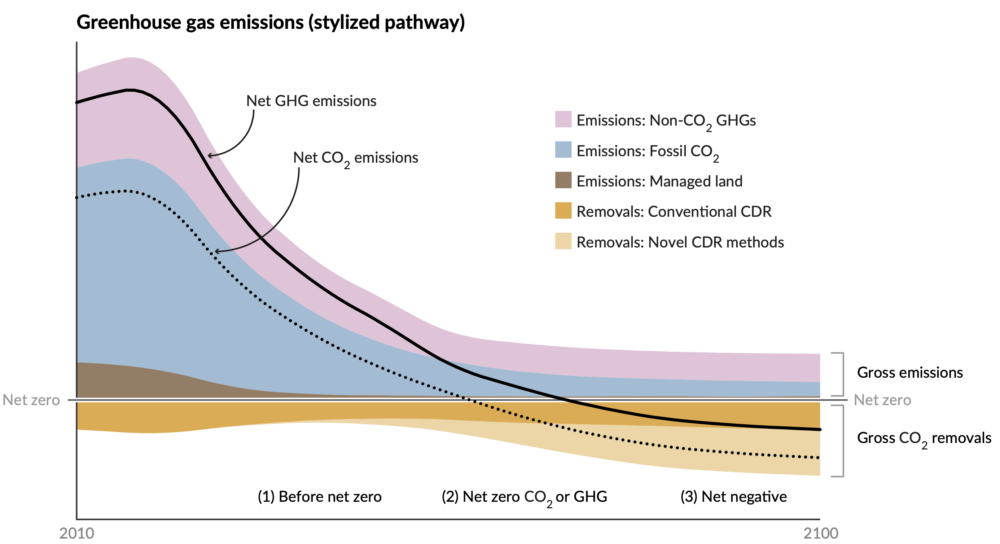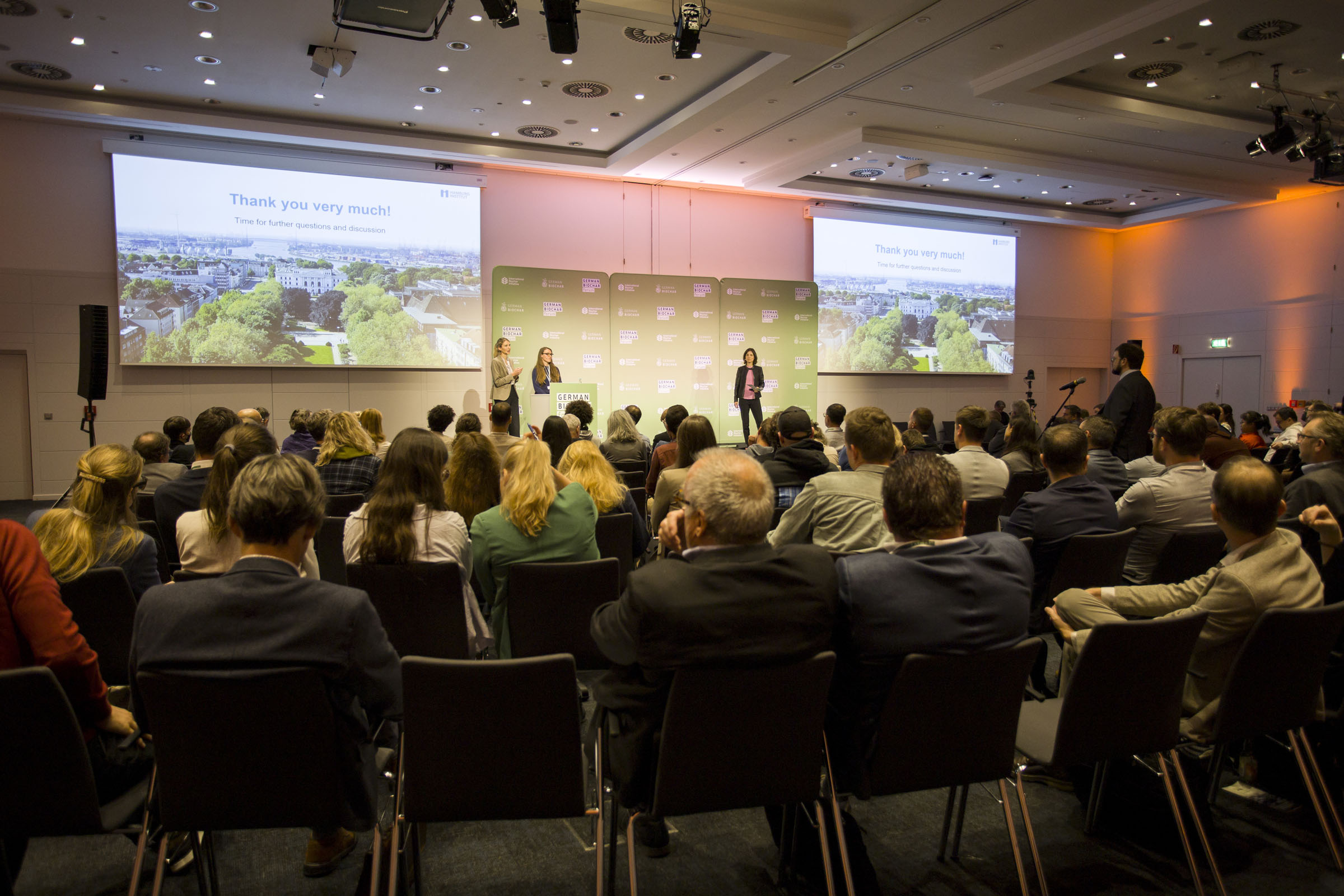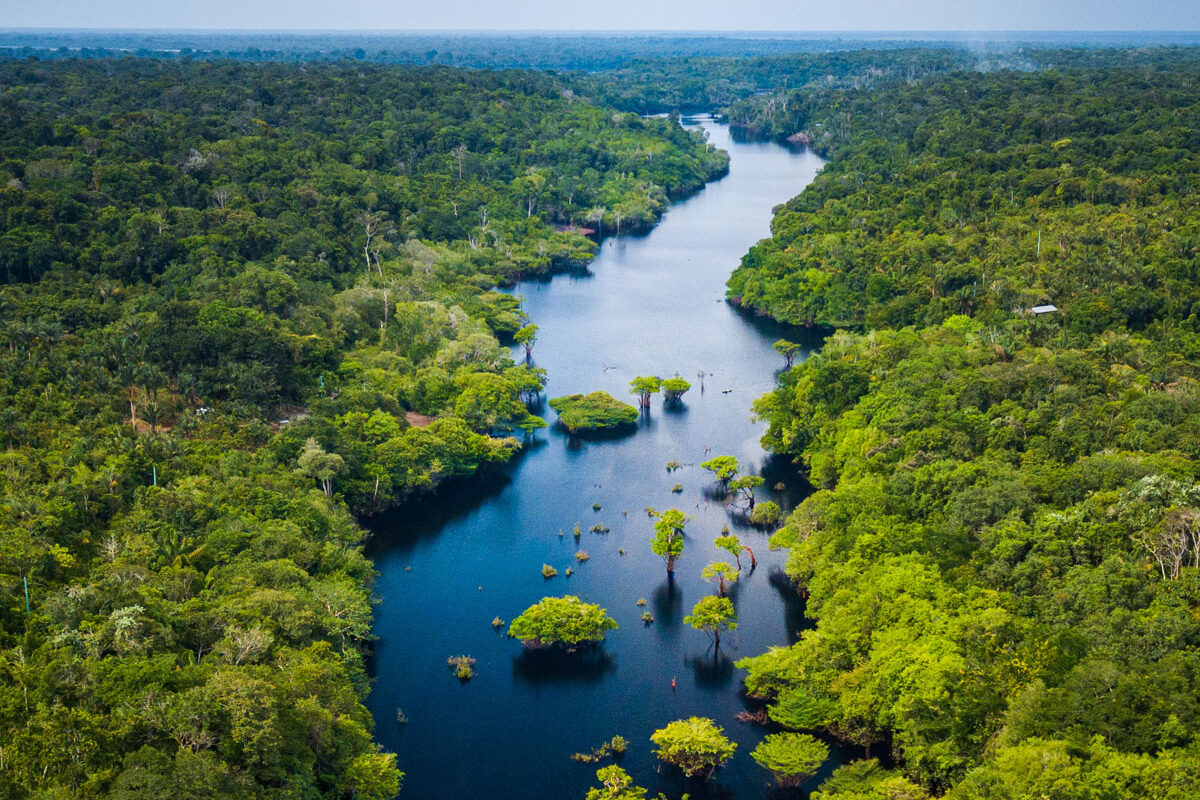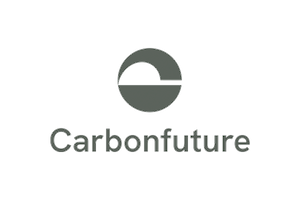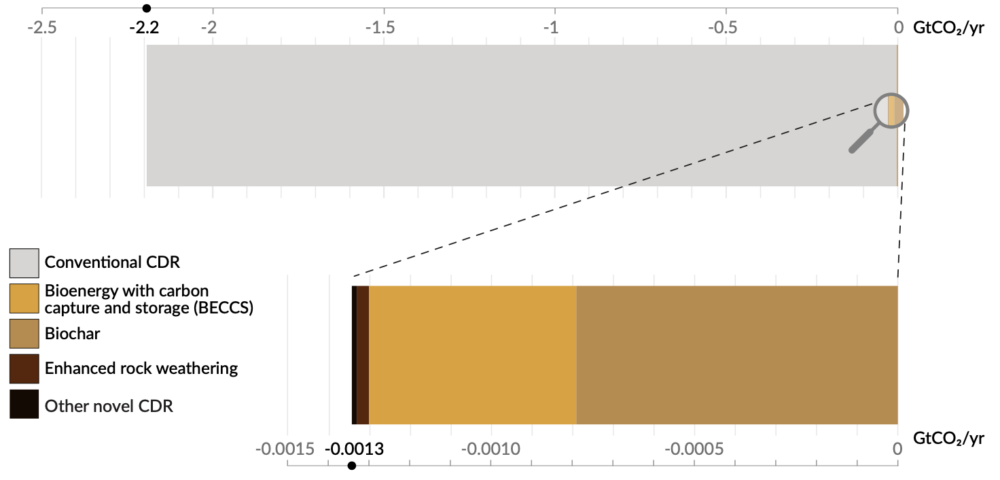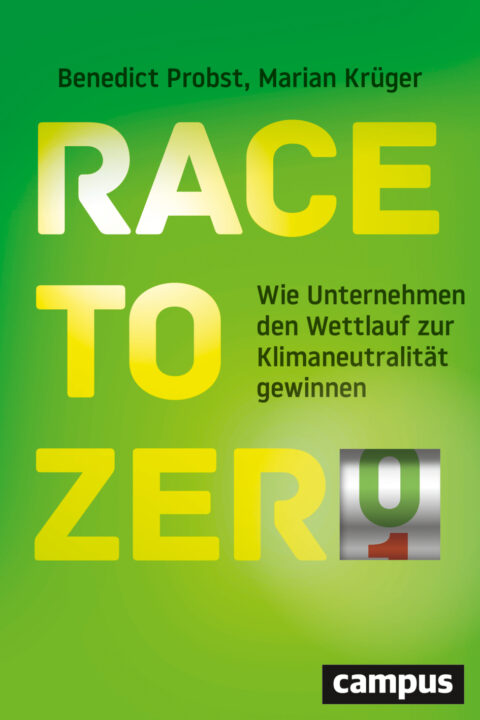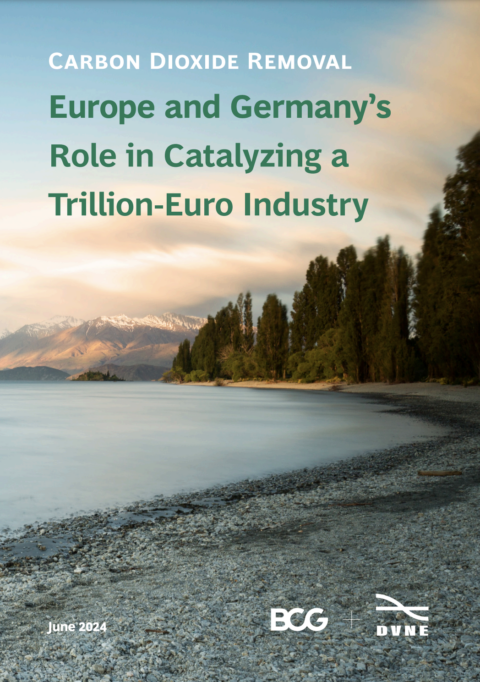German Biochar was founded in 2017, originally as the “Fachverband Pflanzenkohle”, with the goal of supporting the use of biochar and contributing to environmental protection by removing carbon from the atmosphere.
Together with our members, we advocate for the sustainable production and use of biochar. We see ourselves as partners for science, practice, technical plant developers, and policymakers.
As a professional association, we work to promote favorable political frameworks, assist in translating scientific knowledge into practice, engage in public relations to raise awareness of the potential of biochar, and support the market in the area of quality management.
On the outside, it is black and unimpressive. However, its vast internal surface area and porous structure make it unique and valuable in many fields. It serves as both a technical carbon sink and can be beneficial for agriculture, animal health, urban climate, and materials.
It is produced through the carbonization of biomass at high temperatures and with minimal oxygen exposure. The biomass often consists of residues from agriculture, forestry, horticulture, or even sewage sludge.
Due to delays in reducing greenhouse gas emissions, we will exhaust our 1.5°C-compatible CO2 budget before 2050 and will need to counteract this with negative emissions.
Biochar Carbon Removal (BCR) is a technology that generates technical carbon sinks using biochar, while also producing renewable energy and other co-benefits.
While fossil coal is primarily used as a fuel, biochar is utilized as a solid additive for fertile soils, in animal husbandry, as a filter, and in many other applications.
The carbon contained in it is released very slowly, thereby removing it from the atmosphere in the long term – a great opportunity in the fight against climate change.
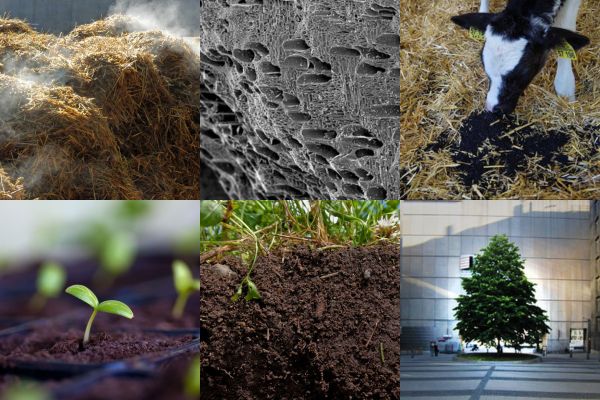
News
Review: German Biochar Forum
Once again, the German Biochar Forum 2024 proved to be an inspiring event filled with energy, exchange, and the development of shared visions. From exciting […]
Funding Call: Tiny Forest – Urban Green 2.0 with Biochar as a Carbon Sink
The MVV Stiftung Zukunft is a nonprofit organization based in Mannheim. Its funding goals include climate protection and biodiversity. Under the motto “150 Years of […]
How Carbonfuture Supported Exomad Green’s Journey to Become the World’s Leading Biochar Supplier
Exomad Green has scaled into a global carbon removal leader, while always keeping an eye toward helping their community. Exomad Green Quick Facts Founded 2023 […]
Pressemitteilungen
Review: German Biochar Forum
Once again, the German Biochar Forum 2024 proved to be an inspiring event filled with energy, exchange, and the development of shared visions. From exciting […]
Funding Call: Tiny Forest – Urban Green 2.0 with Biochar as a Carbon Sink
The MVV Stiftung Zukunft is a nonprofit organization based in Mannheim. Its funding goals include climate protection and biodiversity. Under the motto “150 Years of […]
How Carbonfuture Supported Exomad Green’s Journey to Become the World’s Leading Biochar Supplier
Exomad Green has scaled into a global carbon removal leader, while always keeping an eye toward helping their community. Exomad Green Quick Facts Founded 2023 […]
German Biochar Forum 2024 Review
How to apply biochar in sustainability management and accounting
18. & 19. November 2024 | Berlin
Success Stories
1.3 Megatons of CO₂ Committed
Our member company Carbonfuture facilitated commitments for the removal of 1.3 Mt of CO₂. Over 92% of the removals delivered in 2023 came from biochar.
50 Pyrolysis Plants Installed
Through our member company Pyreg, more than 50 pyrolysis plants have already been produced and installed worldwide, removing 30,000 tons of CO₂ per year.
2,000 Tons of CO₂ Captured
Through our member company Novocarbo, more than 2,000 tons of CO2 were permanently removed from the atmosphere in 2023. Their goal: 1,000,000,000 tons by 2030.
Why Biochar?
Negative emissions to reach the 1.5 °C target
Science is in agreement: to achieve the 1.5°C target, it is no longer enough to simply reduce all human-caused greenhouse gases to zero.
Due to delays in reducing greenhouse gas emissions since 2020, we will have consumed our CO₂ budget before 2050 and will need to counteract this with so-called negative emissions.
As shown below, we currently emit greenhouse gases, for example, through the burning of fossil fuels, land use (e.g., agriculture), or chemical processes (e.g., in cement production). While oceans and forests absorb a large portion of these gases, they do not capture all of them, leading to a continuous increase of climate-warming gases in our atmosphere and global warming.
These gases must be actively removed from the atmosphere on a large scale to achieve carbon neutrality and, later, carbon negativity as shown.
Source: The State of Carbon Dioxide Removal, 2nd Edition, 2024
Time is running out, but technologies are ready
Biochar Carbon Removal (BCR) is a technology that generates negative emissions through technical carbon sinks made from biochar, while also producing renewable energy and creating positive co-benefits for agriculture, animal health, urban climate, materials, and much more.
As shown below, Biochar Carbon Removal is currently responsible for 59% of technical negative emissions. While this may sound like a lot, technical negative emissions are still at a very low level, accounting for just 0.1% of total negative emissions. Moreover, total negative emissions need to at least double by 2050.
Source: The State of Carbon Dioxide Removal, 2nd Edition, 2024
This is an enormous challenge for humanity, and we will need many other technologies in addition to Biochar Carbon Removal to tackle it. The good news is that operational technologies like Biochar Carbon Removal are already available, and we are continuously expanding their deployment!
Events

Bio360 Expo
11.2.2026
–
12.2.2026
Nantes, Frankreich
Regional Meeting
- Pflanzenkohle Stammtisch Nord, every first Wednesday of the month from 1:00 PM to 2:00 PM, online.
Book Review
Buchempfehlung
The Carbon Paradox
On September 21, 2025, The Carbon Paradox was released — a novel that blends fiction and reality in an unusual way. The book poses a central question: How can real climate impact be financed in an imperfect world?
Combining the suspense of a climate thriller with the depth of investigative journalism, the book offers a rare glimpse behind the scenes of carbon credits, offsetting, and climate pledges — not as a dry analysis, but as a narrative full of emotional power and authenticity.
Race to Zero (German)
Wie Unternehmen den Wettlauf zur Klimaneutralität gewinnen
In April 2024, the book “Race to Zero” by Benedict Probst and Marian Krüger was published. It describes promising opportunities for carbon dioxide removal for companies and includes extensive information on the current state of biochar.
The authors also interviewed many pioneers in the field, including our Vice Chair Carolin Güthenke, biochar scientist Dr. Maria-Elena Vorrath, and our member company Novocarbo.
Potential Study
Negative Emissions
Europe and Germany as Catalysts of a Trillion-Euro Industry
The negative emissions (Carbon Dioxide Removal / CDR) industry must reach up to 1 trillion euros annually by 2050 in order to stay within the 1.5°C limit for global warming. Europe and Germany can play a significant role in this, with Germany alone potentially generating 190,000 jobs in a 70 billion euro industry, of which 5-7 billion euros would come from biochar.
Do you like our work for the environment and climate?
Become a part of us
Stay up to date (German)
Support our work
